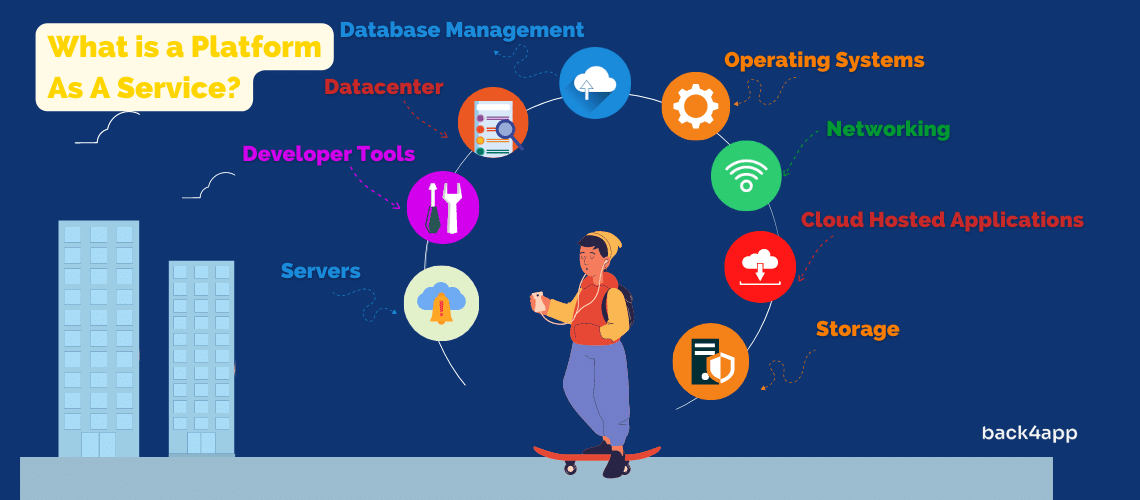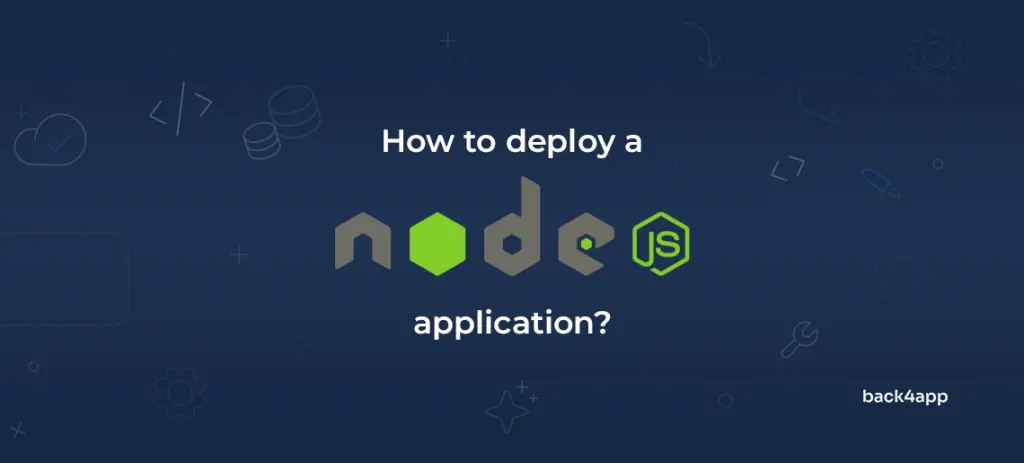What is Microservices Testing?
Microservices are a style of software development architecture that divides applications into loosely coupled sets of services. Each service is self-sufficient and does one thing well. One of the benefits of this architecture is that it allows fast, continuous deployments. It is also possible to easily roll back a specific service and check for problems, whereas in a traditional monolithic architecture it is necessary to test the entire system.
Microservices are becoming a mainstream software architecture, and just like monolithic applications, they need to be tested to ensure quality. Microservices testing has two aspects – testing each individual microservice to see if it performs its desired function, and testing the entire microservices application to see if microservices work well together and correctly serve user requests.
Testing microservices can be difficult, due to the complexity of microservices architectures. It can be hard to make microservices observable, and teams need to manage the continued evolution of new microservices – different teams develop different microservices, often with limited communication between them. This can make it difficult to decide what and how to test.
Read More





